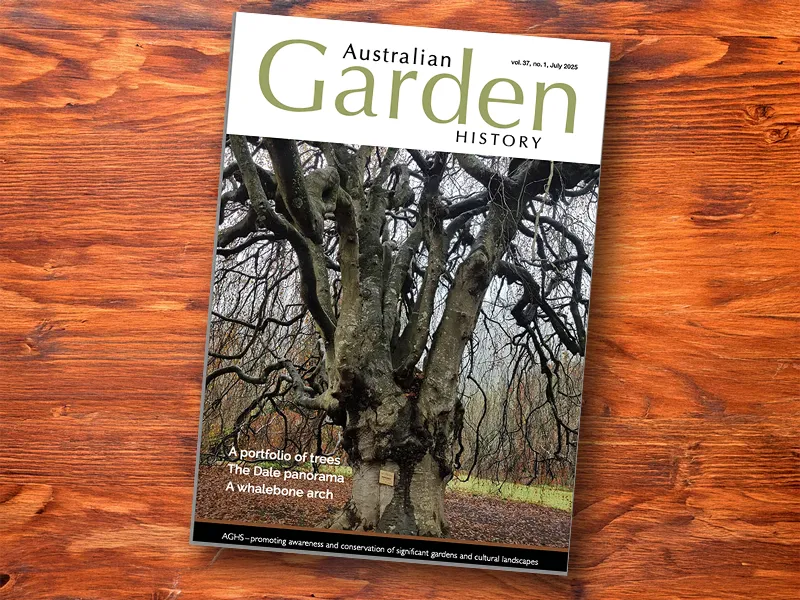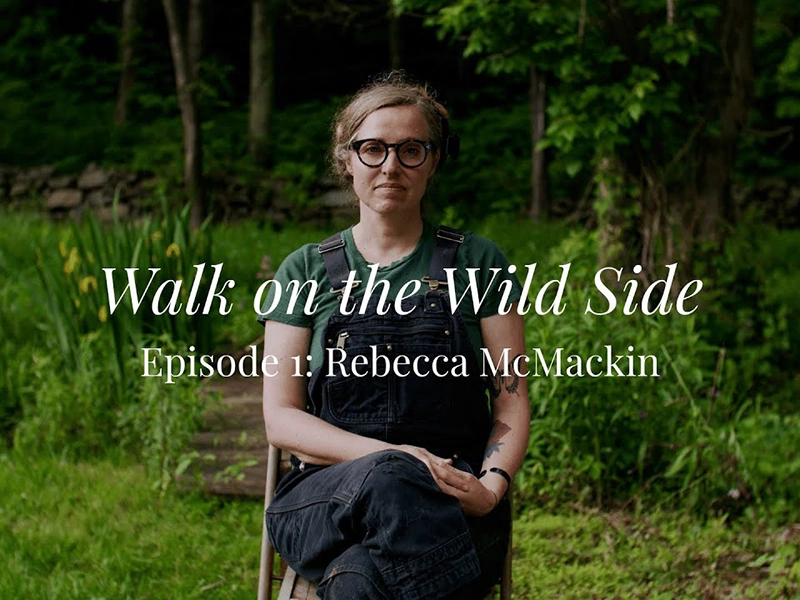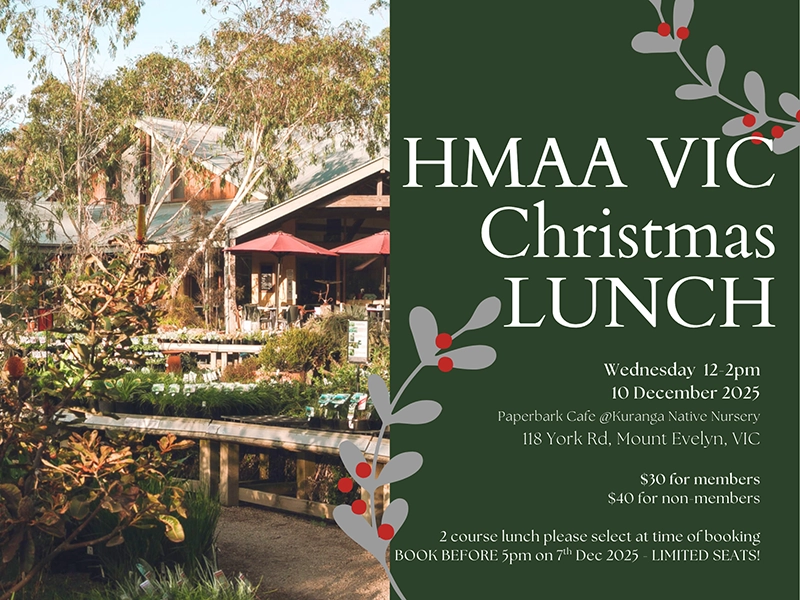Media Release, June 2025
The contrasting extremes in weather affecting different regions of Australia in recent months has highlighted the challenges facing Australia’s magnificent street trees. In Melbourne and Sydney plane trees are being replaced with species more resilient to climate change. John Dwyer favours Sydney’s more gradual approach, which plans to replace plane trees with more drought-tolerant species when they die.
Plane trees and many other species, including Australian natives, are also vulnerable to the polyphagous shot hole borer (PSHB) that arrived in Perth in 2021. This tiny beetle can wreak havoc and has already caused the removal of magnificent Moreton Bay figs near Kings Park. Caroline Grant urges everyone to remain vigilant and to report PSHB infestations to their local authorities.
Striving to save these mature trees is important for our urban environments which, as landscape architect Sharon Wright shows, can become welcome shade givers and beautiful natural colonnades along suburban streets. Wright views tree planting as a legacy act that requires patience and a long-term vision.
Urban environments also embrace natural features, notably in Sydney, the harbour. It is good news indeed that significant cultural landscapes around Sydney Harbour are being added to the State heritage list, thanks to a ground-breaking study by the Australian Institute of Landscape Architects, led by AGHS members Christine Hay, Colleen Morris and James Quoyle.
Their study drew not only on mapping and First Nations knowledge but also on literature and art, all of which contribute to creating a cultural landscape. In another article in the July issue of Australian Garden History, Malcolm Traill shows how a panorama, created by Robert Dale in 1834, can tell us much about the landscape of King George’s Sound (modern-day Albany) in Western Australia and early colonial attitudes.
The Australian Garden History Society is a partner of the Australian Museum of Gardening, which is entering an exciting stage. The museum will be housed in the grounds of Carrick Hill in the Adelaide foothills. Susan McCormack, the director of Carrick Hill, hopes the museum will create an emotional and educational experience for visitors by emphasising the connection between people and nature.
-ends-
Australian Garden History is the quarterly journal of the Australian Garden History Society (AGHS). It is available at https://www.gardenhistorysociety.org.au/shop/ To arrange an interview with any of the journal’s authors, contact Francesca Beddie, editor@gardenhistorysociety.org.au or 0418 645 181.





